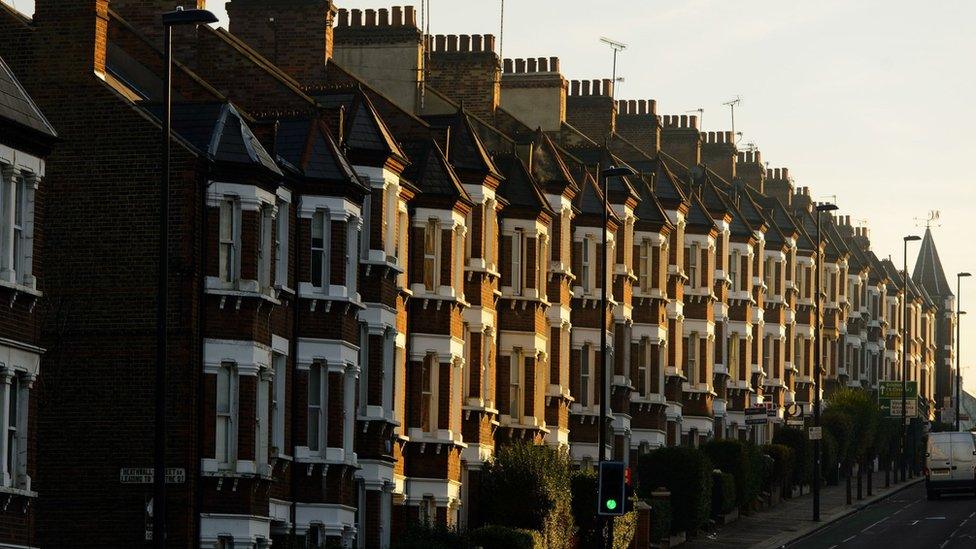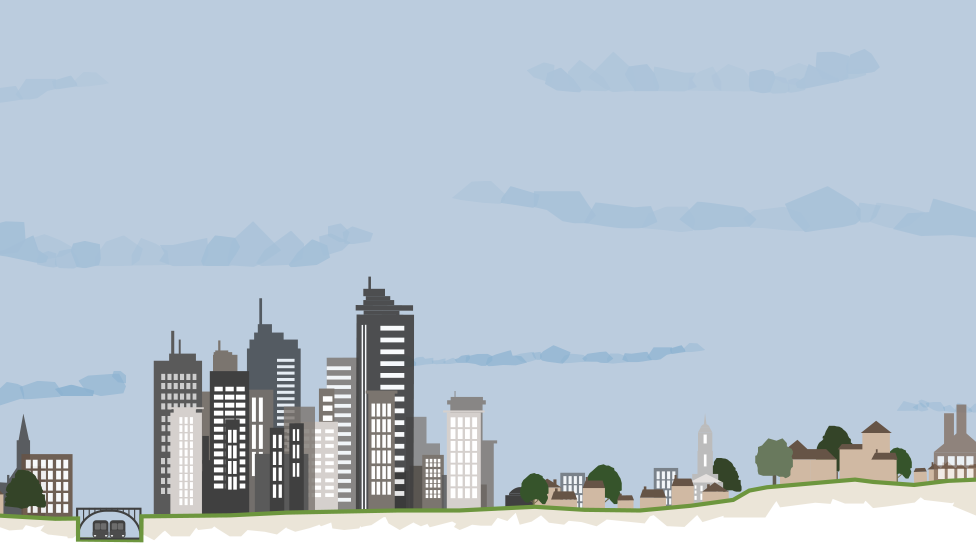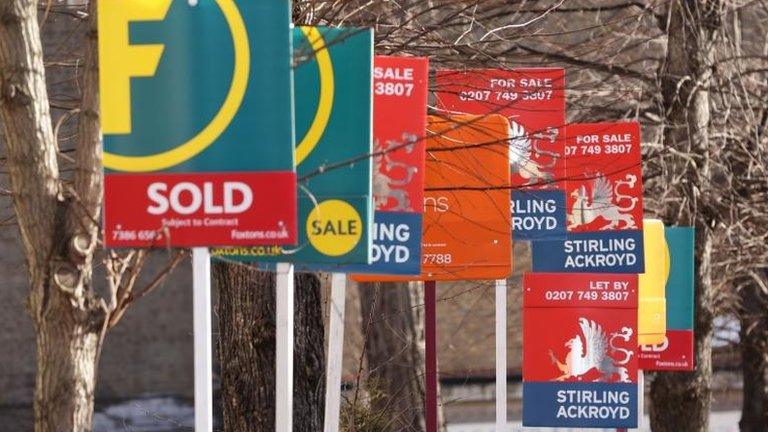Reality Check: What is affordable housing?
- Published

With property prices rising faster than wages, affordable housing has become a hot topic.
Chancellor Phillip Hammond is expected to announce policies in the Autumn Statement aimed at tackling the problem.
In January, then Prime Minister David Cameron said, external government would step in and directly commission thousands of new affordable homes.
He pledged £1.2bn over the next five years to build affordable starter homes.
But what do we mean by affordable?
The government's definition when it comes to renting is that affordable homes should cost no more than 80% of the average local market rent.
When it comes to home ownership, it is a little less clear-cut.
The government definition of affordable housing, external states it must be provided at a level at which the mortgage payments on the property should be more than would be paid in rent on council housing, but below market levels.
That is clearly a very broad range.
It must also be able to remain at an affordable price for future eligible households.
The starter homes announced earlier in the year will be sold with at least a 20% discount on market value, but these are reserved for first-time buyers under the age of 40.
£60,000 homes
It is not the first time a politician has targeted this group.
In 2004, then Deputy Prime Minister John Prescott announced plans to build homes for just £60,000.
Eight of the 10 planned developments were completed, but the houses were sold for far more than promised - an average of £231,000 in one development.
Others have attempted to come up with a definition of affordability for people at any age and in any living situation.
Housing charity Shelter says, external affordable housing should cost no more than 35% of your household income after tax and benefits.
The charity acknowledges, however, that 35% of your income will be more difficult for people on very low incomes to pay than for those who earn more.
Shelter, like most organisations attempting to come up with a definition of affordability, has looked broadly at the relationship between household income and spending on housing.
But that does not give you the whole picture in terms of what larger or less well off households can afford to pay.
A single person living in a flat and taking home £1,500 a month, for example, can pay £525 in rent, leaving them with just under £1,000 to live on.
But clearly this £1,000 would not stretch as far for a single-income, two-parent family with three children.
A room in a flat share at about £500 a month may be affordable and appropriate for that single person.
It is also technically affordable for the family of five, but it does not constitute appropriate accommodation.
Equally, a family of four paying 35% of a household income of £6,500 a month still has £4,225 left to pay for food, utilities, leisure and so on.
The same-sized family earning a total of £1,500 a month has £975 left.
The government in 2007 used 25% of gross income, external as the figure for what was affordable.
Westminster v Burnley
According to figures from building society Nationwide, in 2016 the average UK mortgage payment was 34.5% of take-home pay.
This figure has remained fairly consistent since 2009.
How affordable home ownership is to you also depends heavily on where you live.
Average house prices range across the country between £129,750 in north-east England and £484,716 in London, while average weekly earnings range from £483 in the East Midlands to £671 in London.
The Office for National Statistics, external looks at the ratio between average annual salaries and house prices when considering affordability.
The London Borough of Westminster was the least affordable place to buy a house in 2015, with prices 23 times greater than the median gross annual salary.
Burnley was the most affordable place to buy a house in 2015, with prices at less than four times the average salary.



- Published9 July 2020

- Published5 August 2015

